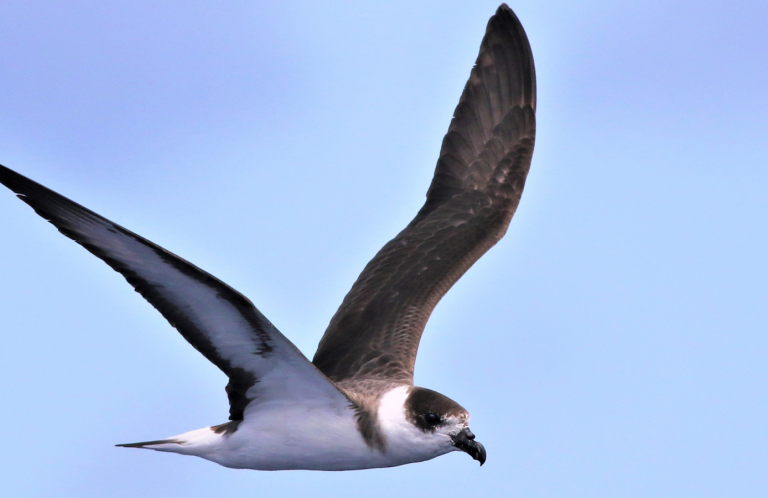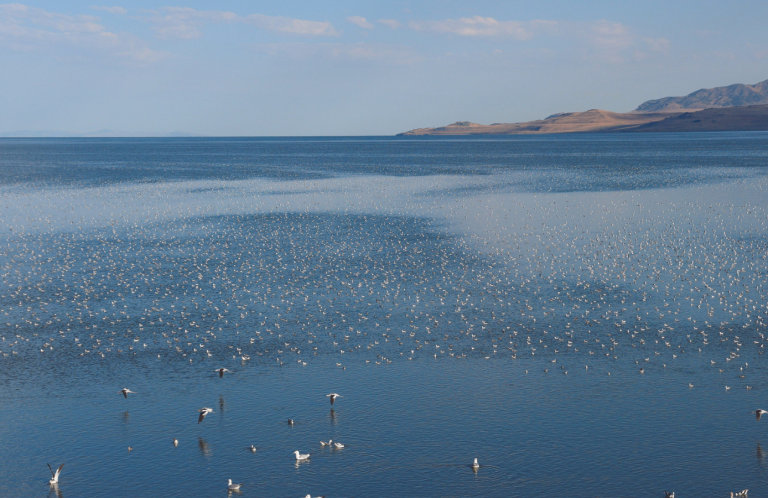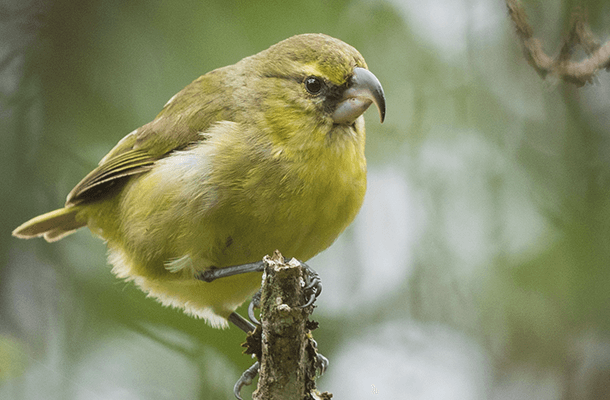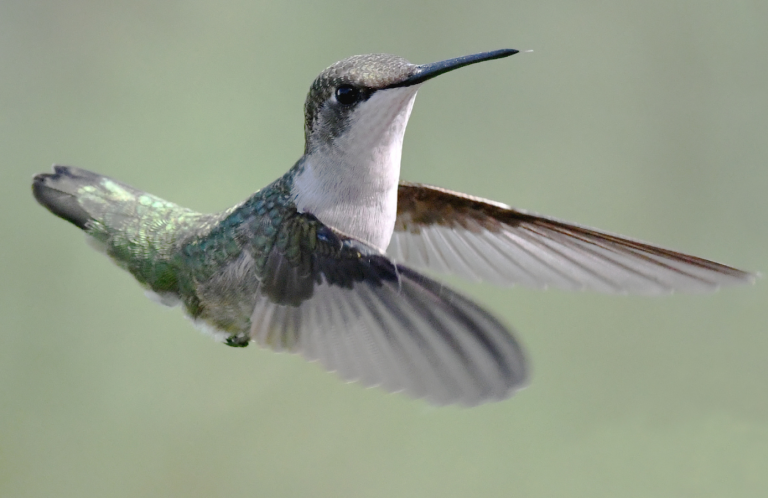How Many Birds Are Killed by Wind Turbines?
Countless studies have shown that climate change will cause far-reaching and devastating impacts to wildlife and humans alike. Renewable energy development is a critically important component of the transition away from fossil fuels, making our air cleaner and reversing the effects of climate change. Unfortunately, we have also learned that wind energy development has a substantial negative impact on birds.
But just how many birds are killed by wind turbines?
A Google search can turn up a wide array of answers to this question, with a nearly fivefold difference between the smallest and largest estimates.
The truth is, it has been a while since these estimates were updated, and the wind energy industry has grown a lot in the meantime. So, we thought it was time to take a close look at the numbers, and see what a current estimate might look like.
The best estimates of the number of birds killed by wind turbines in the U.S. each year are based on a trio of studies published in 2013 and 2014, all reporting on data from 2012. Each study was unique in its methods, resulting in varying estimates. (There is actually a fourth paper just to compare their methods.) The results from these studies are provided in the table below.
| Study | Year Published | Average Bird Fatalities/Year | Minimum – Maximum/Year |
| Loss and others | 2013 | 234,000 | 140,000 – 328,000 |
| Smallwood | 2013 | 573,093 | 467,097 – 679,089 |
| Erickson and others | 2014 | 291,000 | 214,000 – 368,000 |
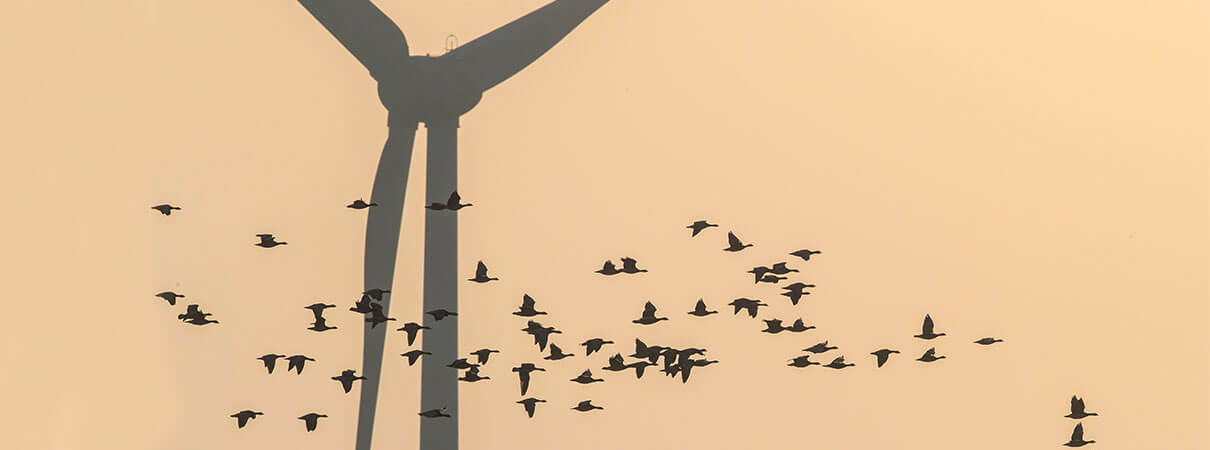
Rather than going down the proverbial rabbit hole to decide which study might be the most accurate, let's take the average of the results from these studies. This gives us an estimate of approximately 366,000 birds killed by wind turbines in the U.S. in 2012.
It's important to consider that wind energy capacity has grown considerably since then. The study by Loss and others reported that there were 44,577 turbines in operation in 2012, while the U.S. Wind Turbine Database indicates that there are 65,548 today — an increase of 47 percent. Adjusting for this industry growth, we can project that approximately 538,000 wind turbine-caused bird deaths occur in the U.S. each year.
However, projecting mortality based on energy produced is more frequently used because it accounts for the size of turbines in addition to their numbers. The American Wind Energy Association reports that there were 60,067 megawatts (MW) of wind energy capacity in the U.S. in 2012, versus 111,808 as of this writing in 2021 — an 86-percent increase. Taking this change into account, it can be projected that approximately 681,000 birds are currently killed by wind turbines in the U.S. each year.
These estimates likely underestimate the true extent of the problem due to the fact that many bird fatalities escape human detection.
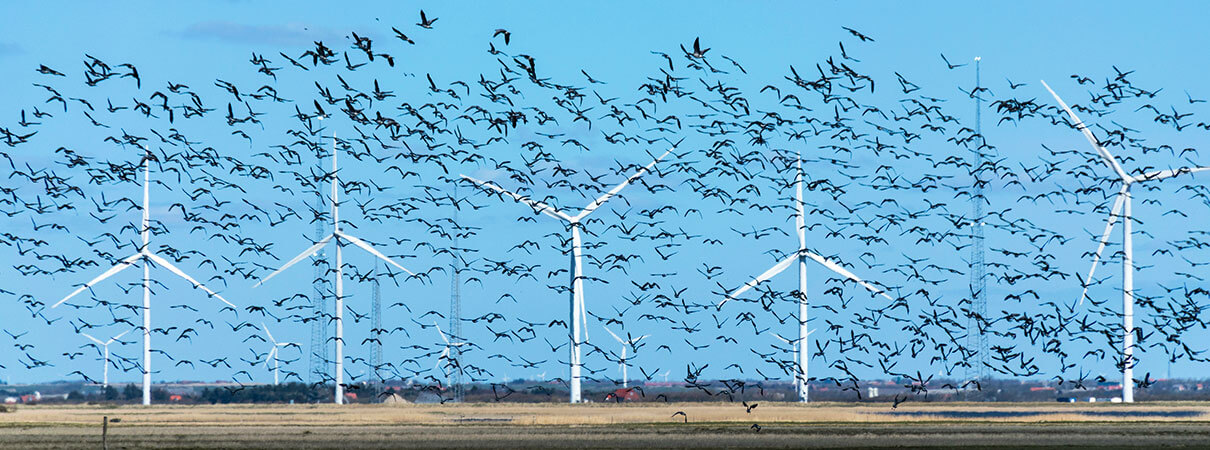
Consider that small songbirds are the most abundant birds in the U.S., and are the most frequently killed by turbines. A study published in March 2020 found that dogs located 1.6 and 2.7 times as many small bird fatalities as human monitors did at two wind sites in California. This was true even after attempting to correct for searcher detection error, which is a standard practice for such studies.
The Erickson study reported that 62.5 percent of the birds in their data set were small birds. Taking 62.5 percent of the 681,000 annual mortality estimate calculated above and adjusting this with the 1.6- and 2.7-fold multipliers from the dog search study (and adding the other 37.5 percent of birds back in), this would translate into a total of 936,000 and 1.4 million birds based on the numbers from the two sites. Averaging the two, this would suggest that 1.17 million birds are killed by wind turbines in the United States each year.
In addition to the bird fatalities discussed above, wind power projects also cause important indirect effects that must be considered.
For example, many wind facilities are located far from the existing power grid and require the construction of new powerlines, which are yet another source of bird mortality.
In a 2014 study, researchers estimated that 25.5 million birds are killed each year due to collisions with powerlines, and another 5.6 million are killed by electrocutions. Therefore, powerlines built exclusively to connect new wind facilities to the existing energy grid result in additional bird mortalities that should be factored in to the total toll in birds associated with wind energy development.
Wind facilities also require relatively large areas of land. Facility development can fragment or otherwise alter habitat in ways that make it unsuitable for species that have historically been present. For example, a study at wind facilities in the Dakotas found displacement effects for seven of nine grassland bird species after one year. While these effects have been documented in various studies, they have yet to be broadly quantified.
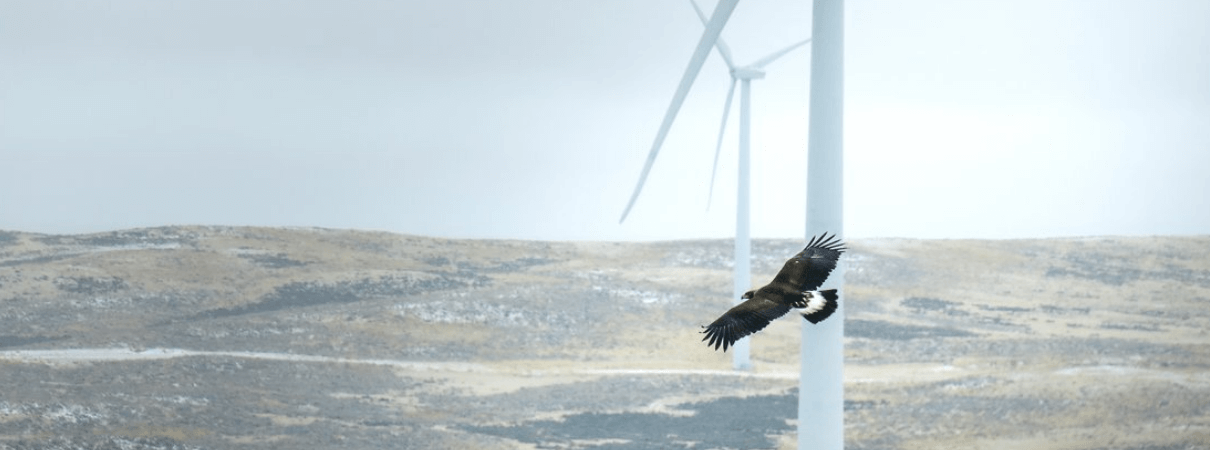
When the facts above are considered, it becomes clear that existing estimates of the toll of wind energy development on birds are narrowly considered and do not account for the industry's full impact.
It should be noted that the estimates above are imperfect, as they are based on studies derived from an incomplete data set.
While most wind facilities are required to conduct bird surveys to inform project planning and post-construction bird mortality studies, they are unfortunately not always obligated to share their data, and many companies maintain a proprietary hold on this information. If these data were made publicly available, bird mortality could be better understood and conservation prescriptions could be tailored accordingly.
On a similarly important note, the species being negatively affected by wind turbines must be considered. Some species are more susceptible than others to collisions with wind turbines, and some have slower rates of reproduction and thus their populations may be more dramatically affected by losses. Some of our rarest and most iconic species, including California Condors and Marbled Murrelets, fit this bill and are at risk of collisions with wind turbines. Others like Whooping Cranes are losing habitat as a result of wind energy development.
As noted above, our projections leave little doubt that the annual toll in birds lost to U.S. wind turbines is at least more than half a million, and a similarly conservative estimate would put that number at nearly 700,000 birds. There is a case to be made that the number could exceed 1 million. And for multiple reasons stated above, these are all likely to be under-estimates.
Regardless of the specifics, this is far too many when one considers the many other threats to birds on the landscape, and the massive declines we have already seen in our bird populations.
What's the solution to this conundrum? How do we continue to add wind turbines to fight climate change when this development is harming birds? Our answer: Bird-Smart Wind Energy. Smart wind energy development starts with good data collection and appropriate siting to avoid high-risk areas for birds. Available measures can then be incorporated to further minimize risks, and impacts should always be offset by solid on-the-ground mitigation measures.
American Bird Conservancy has been working to minimize the impacts to birds from wind energy development for more than a decade. By ensuring that this development is done right, we can realize the benefits of renewable energy while protecting our vulnerable bird populations.
 | Joel Merriman is American Bird Conservancy's Bird-Smart Wind Energy Campaign Director. |





































